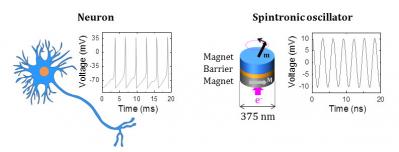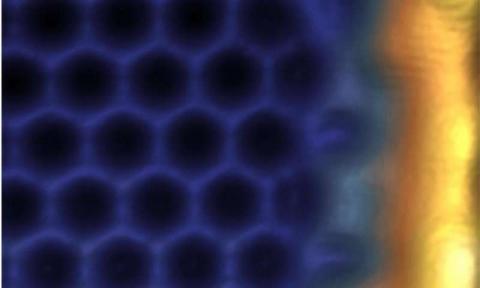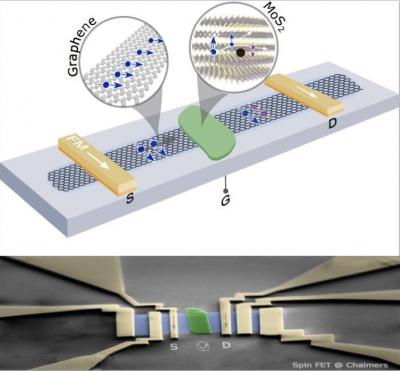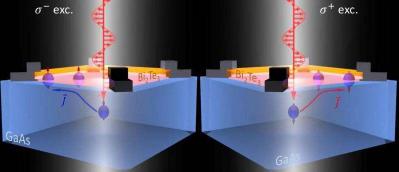Researchers develop a nano-neuron based on a spintronics oscillator
Researchers from France, the US and Japan a spintronics-based oscillator that can mimic the behavior of neurons. A nano-neuron could be used to create new kind of chips that mimic the brain's computational style.

The spintronics oscillator is a small cylinder composed of stacked magnets separated by an insulating, non-magnetic, barrier. This design enabled the fabrication of a nano-neuron that is capable of recognizing an input signal, which was in this case a spoken digit (0â9) pronounced by different speakers, with a success rate of 99.6%. This result is on a par with other state-of-the-art technologies.


